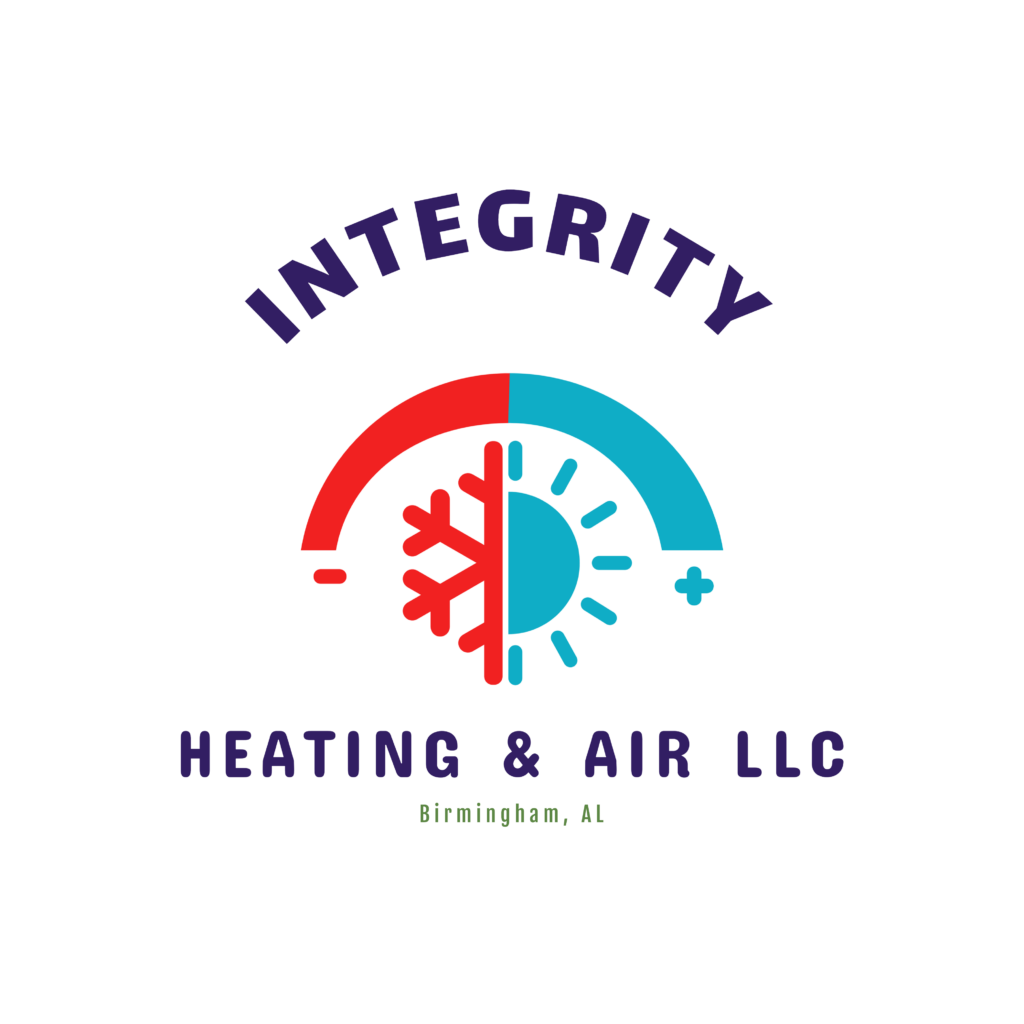When it comes to maximizing the efficiency of a heating, ventilation, and air conditioning (HVAC) system, many factors come into play. One often overlooked component that significantly impacts the overall performance of an HVAC system is the ductwork design. Proper ductwork design is crucial for ensuring that conditioned air is distributed effectively throughout a building, minimizing energy waste, and optimizing comfort levels for occupants.
The role of ductwork design in HVAC efficiency cannot be overstated. Inefficient ductwork can lead to air leaks, poor airflow distribution, and increased energy consumption. By contrast, a well-designed duct system can improve the overall performance of an HVAC system, resulting in lower energy bills, improved indoor air quality, and greater comfort for building occupants.
One of the key aspects of ductwork design is ensuring that the ducts are properly sized and configured to deliver the right amount of conditioned air to each space within a building. Undersized ducts can restrict airflow, leading to reduced efficiency and uneven temperature distribution. Oversized ducts, on the other hand, can result in increased energy consumption and reduced system performance. A professional HVAC technician will take into account factors such as the size of the space, the layout of the building, and the capacity of the HVAC unit when designing the ductwork system.
In addition to proper sizing, ductwork design should also address issues such as air leakage, insulation, and airflow balancing. Sealing duct joints and connections is critical for preventing air leaks, which can result in energy waste and reduced system efficiency. Proper insulation of ductwork can help prevent heat loss or gain, improving the overall efficiency of the system. Airflow balancing involves adjusting dampers and registers to ensure that conditioned air is distributed evenly throughout the building, preventing hot or cold spots.
By investing in a well-designed ductwork system, building owners can reap numerous benefits, including lower energy costs, improved indoor comfort, and extended equipment life. Regular maintenance and inspections of the ductwork system are also essential for ensuring optimal performance and efficiency. A professional HVAC technician can help assess the condition of the ductwork, identify any issues, and recommend solutions to improve efficiency and performance.
In conclusion, the role of ductwork design in HVAC efficiency is paramount. A properly designed and maintained ductwork system is essential for maximizing the performance of an HVAC system, reducing energy consumption, and enhancing indoor comfort. Building owners and facility managers should prioritize ductwork design as part of their overall HVAC system maintenance and optimization efforts to ensure a comfortable and energy-efficient indoor environment.

